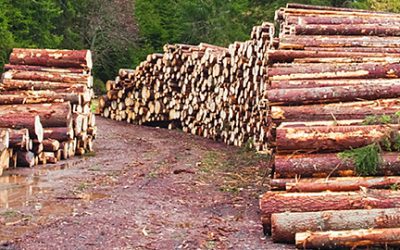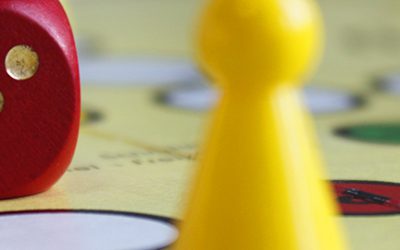
Building a sustainable future
Systems solutions for sustainability transitions
The Transitions to New Technologies (TNT) Program focuses on the systemic aspects of technological change and draws on empirical case studies, novel modeling approaches, as well as scenario studies and robustness analysis to inform technology policy choices from a...
Ensuring a decent standard of living for all
How much energy growth and what climate impacts are associated with meeting basic human needs? Bottom-up modeling of energy demand requirements in three countries–Brazil, India, and South Africa–shows that current energy supply could provide decent living standards if...
Artificial reefs breathe new life into ecosystems
Artificial reefs are becoming increasingly popular as a means of restoring and protecting coastal ecosystems and fishery resources. But do they work? A new study from the IIASA Evolution and Ecology Program suggests that the answer is a qualified yes. Artificial reefs...
Alleviating the tragedy of the commons
Measures for protecting common goods – such as mitigating climate change or not overexploiting natural resources – are collectively beneficial, yet costly to the individual stakeholders that must invest in them. Common goods may thus be jeopardized by selfish agents,...
Playing for a sustainable future
IIASA teamed up with the Organisation for Economic Co-operation and Development (OECD) and the European Commission to test and play The World’s Future game–a social simulation game developed by IIASA researchers on the interconnected nature of the Sustainable...
Meeting ambitious climate mitigation targets
Research shows that reducing the emissions of short-lived climate pollutants (SLCPs) will play an important role in meeting the 2°C target of the Paris Agreement. Although these emissions will be partially reduced as a consequence of carbon dioxide (CO2) mitigation,...






